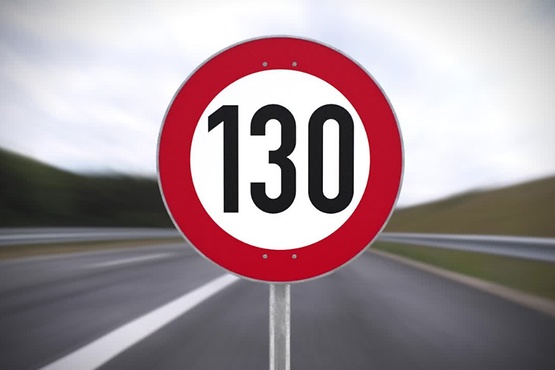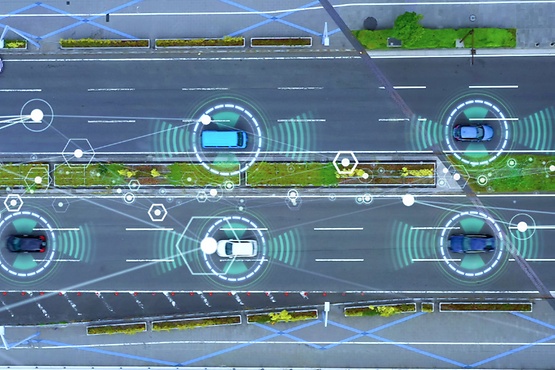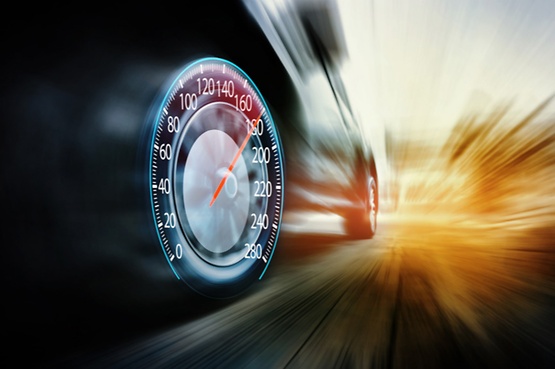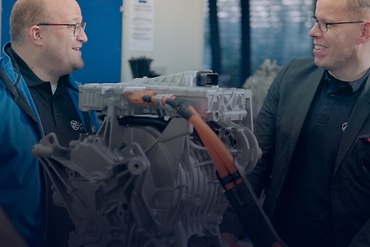
Contributed by Frédéric Couturier
April 30, 2024
3 minutes read
How does ISA work?

Since July 2022, according to new regulations adopted by the European Commission, the Intelligent Speed Adaptation (ISA) system is compulsory in all new vehicle models (cars, HGVs and commercial vehicles) sold in the EU. This system is devilishly effective, as its role is to influence the speed of the vehicle if it exceeds the speed limit on the road.

The system can directly limit the 'performance' of the car fitted with it if it exceeds the speed limit of the road on which it is travelling.
To find out the actual speed limit, the ISA will collect the necessary information directly from a camera that reads road signs and a geolocation system that is permanently activated and connected to the mapping service.
For models without a navigation system, geolocation will be carried out using a SIM card and its GPS beacon for the eCall emergency call system, which has been compulsory for all new vehicle models since March 2018.
The end of speeding?

Generalization of ISA in two steps
ISA is deployed on vehicles in two phases. Since July 2022, ISA covers all new vehicle models sold in Europe. All are fitted with the system.
Then, starting this year 2024, all vehicles coming off the production line will have to be equipped with this system, even for models marketed before July 2022.
Will this system put an end to speeding on the roads?
At least, that's the aim of the ISA.
Once the system is activated, ISA can control the car's gradual deceleration by reducing the power available or by 'hardening' the accelerator pedal travel if the driver is travelling faster than the speed expected for a given environment. At the same time, if the authorised speed is exceeded, a visual and audible signal will alert the driver.

Note that the system will be active every time the vehicle is started. It will function as an assistance system, and can be deactivated by the driver each time the car is started. In this way, the driver always retains control of the vehicle and can always 'force' the car to accelerate.
So, even with ISA activated, speeding will still be possible, but the task will be less obvious. Another solution is to deactivate it, but we can already imagine the problems with insurance companies: in the event of an accident, for example, they could see this behaviour as an aggravating factor.
Implications on road safety

Will compulsory speed limiters reduce the number of speed-related accidents?
That's the whole point. Experts estimate that ISA could reduce accidents by 30% and fatalities by 20%. However, the driver retains control of the vehicle and can deactivate the limiter. Therefore, to reduce the risk of accidents, it is also important to adopt correct posture on the road. These include slowing down, obeying red lights and switching off your phone.
About the author

Frédéric Couturier
Frédéric is braking and clutch product manager at ZF Aftermarket France
“Braking is more than ever at the heart of electric vehicles and it’s a challenge.”


![[pro]Academy [pro]Academy](/media/master/service-images/zfa_pc_training_img_clutch-centering-tool-01_wxh_cmyk_2017-11_un-progressive_bs_32_xl_4.jpeg?v=1125971310)